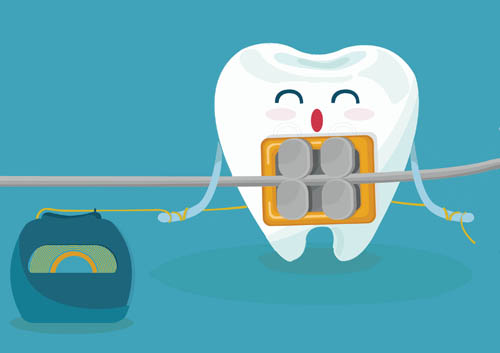Things You Should Never Use Your Braces For
July 16th, 2015

When you get your braces, Dr. Brent Nickolaychuk and our staff will also give you a list of foods you should not eat and things you should not do. Pay particular attention to these items to keep your teeth and braces safe.
Charms belong on bracelets. While you can decorate your braces with colored bands, hanging a charm off them is a bad idea. If you bite down on the charm, you could damage your braces or your teeth. You could also swallow your jewelry.
Never use your teeth as a bottle opener. This is just as important when you are wearing braces. While braces straighten your teeth, your teeth are moving in the process. That makes them weaker, and the metal in the braces does not make them invincible. Invest in a bottle opener; you can buy one for a few dollars, which is much less expensive than having to replace your braces.
Contrary to what you might think, your braces are not designed to work as a radio. There are tales of people who have picked up radio signals from dental fillings or braces. While this is remotely possible, attaching an antenna to your mouth is just not a good idea. You will get better quality music from a radio.
On the other hand, you can still kiss someone while wearing braces. In fact, even if both of you wear braces, the chances of your getting locked together are almost negligible. However, to avoid cutting your partner’s lips, kiss with caution.
If you have any questions about taking care of your braces, please ask Dr. Brent Nickolaychuk and our staff. We want you to get the best results from your treatment without needless delays.



